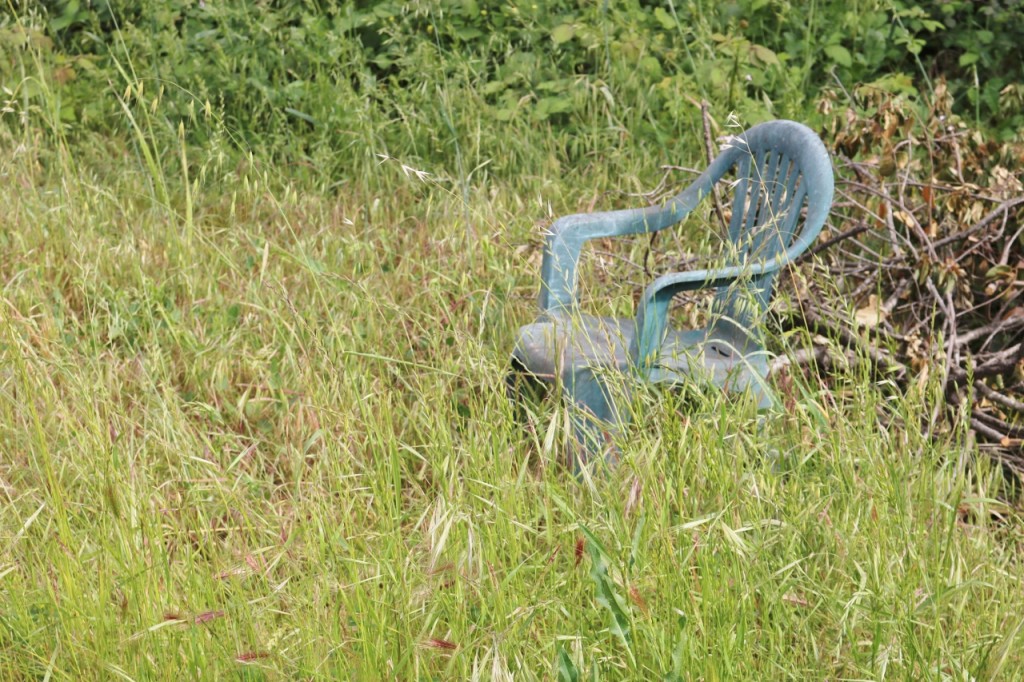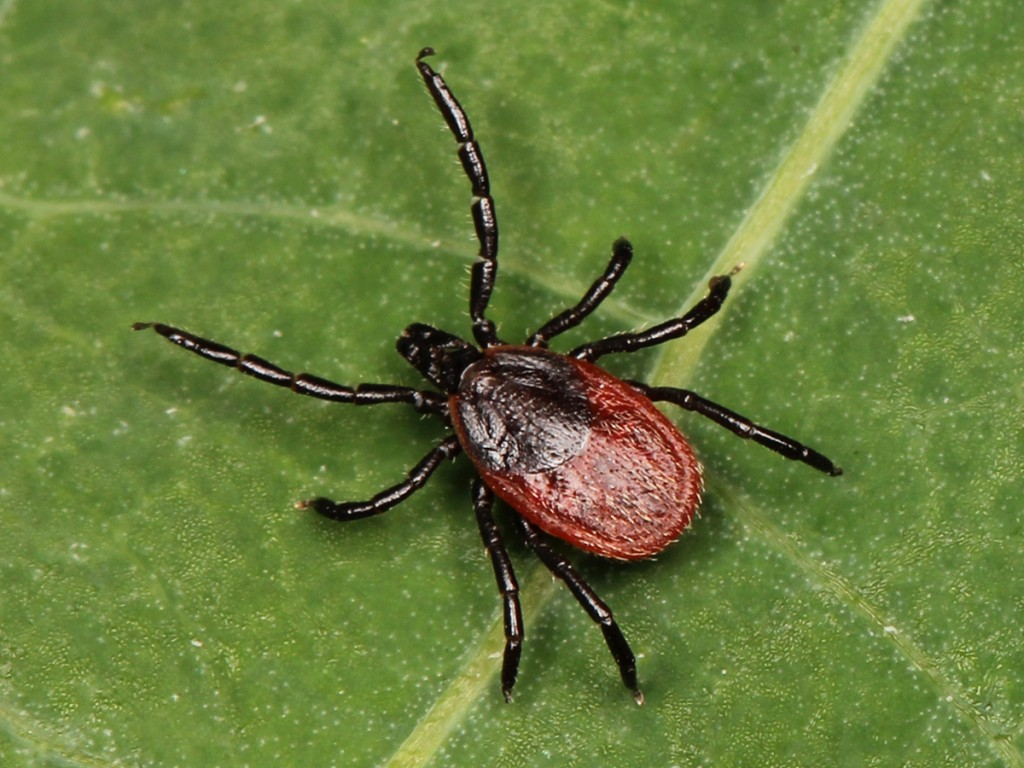Each year, the skies above California’s open spaces host imposing columns of smoke. The searing wildfires from which they are born both disrupt and renew life. In the years after a fire, research shows ticks are left stranded and blood-bankrupt as the small mammals they feed on abandon scorched areas. Many end their lives desiccated, not from fleeting flames, but long unquenched thirst.

(Nicholas Gailey/Peninsula Press)
Dry conditions have helped suppress tick populations over the last five years, shielding hikers and their dogs from becoming prey. But with the return of life-supporting rains, tick expert Andrew MacDonald told a crowd at Stanford University recently that California is likely to see a significant spike in ticks and cases of diseases they harbor.
Ticks are second only to mosquitoes as top insect-to-human disease vectors. The most infamous of the tick-associated diseases is Lyme. Identified only in the 1970s when a cohort of young children in Lyme, Connecticut developed symptoms of arthritis, the disease remains very difficult to reliably diagnose and there is no cure if it goes untreated in the early stages.
“If you can imagine having a flu that lasts several months, that you’re in bed for several months, [early-stage Lyme disease] is that type of experience,” said Linda Giampa, executive director of the Bay Area Lyme Foundation. She added that as it progresses, the disease “becomes extremely insidious in your body,” referring to chronic fatigue, arthritis and a deteriorating ability to think clearly — known as brain fog.
To avoid Lyme as the next wave of ticks emerges, Giampa stressed the importance of vigilantly checking for the parasites and removing them as quickly as possible to lessen the chance on disease transmission. The Centers for Disease Control and Prevention recommends doing a full-body inspection, especially of the scalp and behind the ears, after visiting areas with tall grass or abundant leaf cover.

(Photo courtesy of Ryan Kaldari via public domain)
Vector-borne disease researcher MacDonald explained in an interview that competing influences determine our exposure to tick-transmitted diseases. Heavy rains and the three-year life cycle of some ticks may be setting the Bay Area up for a tick boom in the years ahead. At the same time, the decline of a common host species could help push back against tick increases in the longer-term.
One of the most important California tick hosts is the dusky-footed woodrat. These rats are “much more sensitive to land-use change,” MacDonald said. “Particularly in the case of tick-borne diseases, you can think about it as just populations of the vector, that’s one of the most important predictors of human cases.” With more development, woodrats have less chance to live, build their tree-top nests, and reproduce, leading to fewer ticks and lower Lyme disease risk.
While questions about far future tick numbers and disease risk will continue to be investigated, and in MacDonald’s view more or less solved in the coming decades – a grim abundance of the parasites in the Bay Area seems imminent.
“On the Peninsula, you’re going to find a lot of ticks,” warned Giampa. “The [young] come out right about now, and they’re very, very difficult to see… they’re about the size of a poppy seed.” Whatever the uncertain future may bring, her message for this year is clear: “Take the ticks seriously!”
